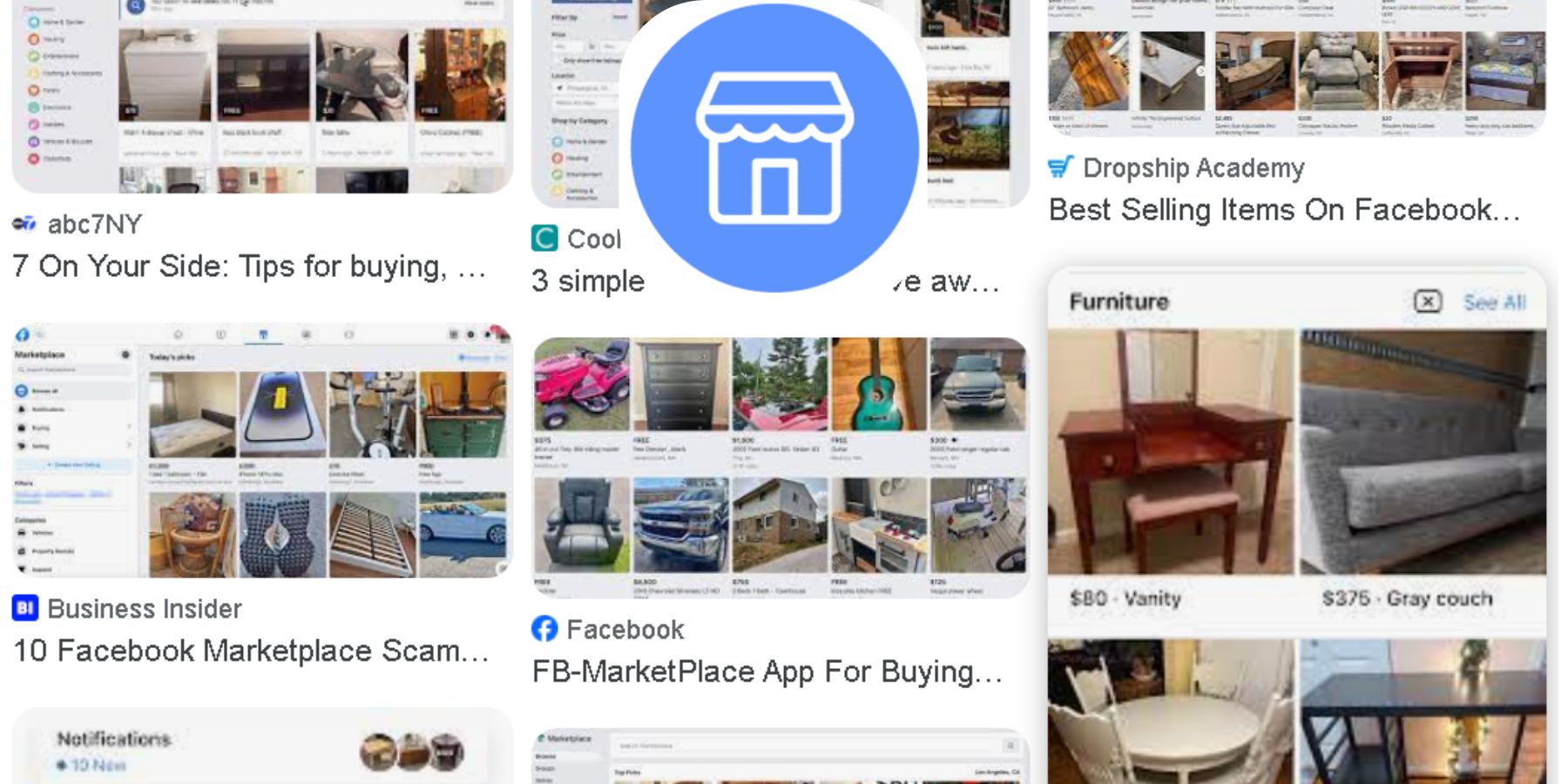If you’re organising your garage or starting a side business, creating a marketplace to list and sell your items can be a smart move.
Online selling platforms give you access to a huge audience, and you don’t need a shopfront or even a website to get started.
In this article, you’ll learn how to set up your own marketplace, list your items the right way, and start making real money.
1. Choose the Right Marketplace Platform
First things first—where are you selling? There are plenty of online platforms to choose from, like:
- Facebook Marketplace
- eBay
- Etsy
- Amazon
- Craigslist
- Shopify (for building your own store)
Pick a platform that fits the kind of products you want to sell. Facebook Marketplace is great for local sales. Etsy is ideal for handmade or vintage goods. Amazon and eBay work well for just about anything.
2. Create Your Seller Profile
Once you’ve chosen a platform, it’s time to set up your seller account. This includes:
- Adding your name and contact info
- Verifying your email and phone number
- Linking a bank account or payment method
- Uploading a profile photo (helps build trust)
This step is quick but important. A complete profile helps buyers feel confident about purchasing from you.
3. Write Clear and Honest Descriptions
Your item description should be easy to read and include the basics:
- What is it?
- What’s the condition?
- Are there any defects?
- What makes it worth buying?
Use bullet points to list features and keep it simple. Honesty is key—don’t try to hide wear and tear.
Example: Item: Gently used Samsung Galaxy S21 Condition: 8/10 – minor scratch on back Includes: Charger and original box
4. Set the Right Price
Pricing can make or break your sale. Do some research to see what similar items are selling for. Use filters on the platform to sort by “Sold” listings for accurate comparisons.
Tips:
- Price slightly higher to allow room for negotiation
- Offer discounts for multiple purchases.
- Factor in shipping or delivery costs if applicable.
5. List Your Item
Now it’s time to post your item for sale. Most platforms make this easy. Just:
- Upload your photos.
- Add your title and description.
- Choose the category and tags.
- Set your price and location.
- Hit “Publish.”
You’re live! Your item is now available for buyers to find.
6. Promote Your Listing
Don’t just sit back—promote your post. Here’s how:
- Share it on your personal social media pages.
- Join and post in local selling groups.
- Boost your post with paid ads (optional).
- Repost or renew it every few days.
More visibility means faster sales.
7. Close the Sale Safely
Meeting in person? Choose a public place, preferably during the day. Many communities have designated safe-exchange zones.
For payments:
- Use cash, Cash App, or other trusted payment apps.
- Avoid accepting checks.
- Don’t ship until payment is confirmed.
Safety first—for both you and the buyer.
8. Ask for Reviews and Build Trust
After the sale, ask your buyer to leave a review. Good reviews boost your credibility and help future buyers feel confident.
Over time, a strong reputation means:
- Faster sales
- Repeat customers
- Higher selling prices
Don’t be afraid to politely request a review once the deal is done.
9. Stay Updated with Platform Policies
Each marketplace has its own rules. Stay in the loop by:
- Reading their seller guidelines
- Subscribing to updates or newsletters
- Joining seller forums or communities
This helps you avoid mistakes that could get your account suspended.
10. Handle Returns and Complaints Gracefully
Sometimes buyers change their minds. If your platform allows returns, make the process smooth.
Be professional:
- Accept legitimate complaints.
- Offer refunds or exchanges where appropriate.
- Learn from the feedback to improve.
Handling issues well keeps your ratings high and your store trustworthy.
11. Stay Organised as You Grow
As your business grows, so will your inventory. Stay organised with:
- Labels and bins for storage
- A notebook or app to track stock levels
- Scheduled times for listing and shipping
Being organised saves time and avoids missed sales.
Conclusion
Creating a marketplace and listing your items is easier than ever. With the right approach—clear photos, honest descriptions, fair prices—you can turn unwanted items into real cash. Start small, stay consistent, and who knows? You might just build a thriving online business from your phone.
Ready to make money? Your marketplace journey begins now. Get listing and let the sales roll in!
